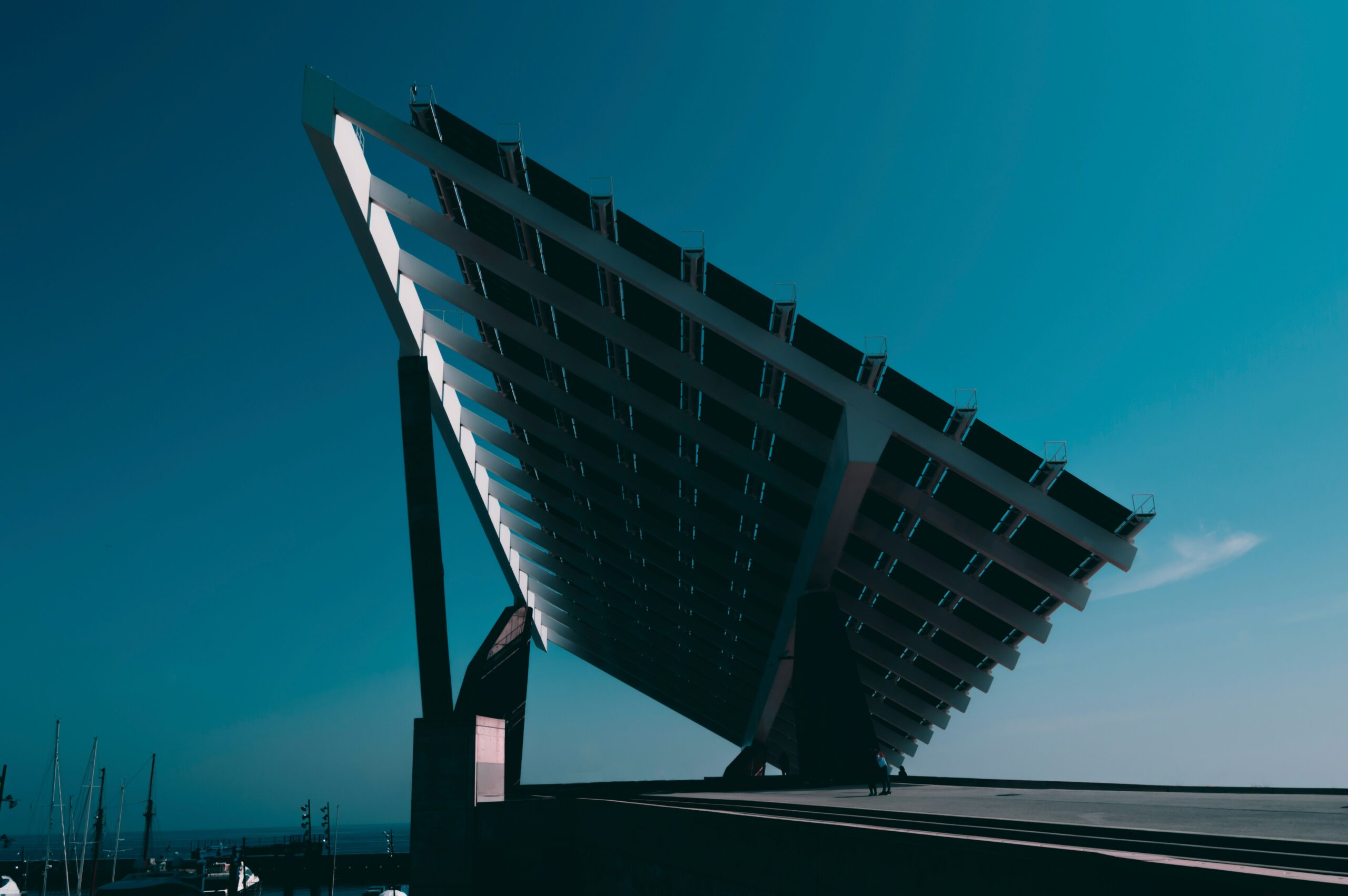Floating solar photovoltaic (FPV) panels could potentially supply all the electricity needs of some nations, according to new research from Bangor and Lancaster Universities and the UK Centre for Ecology and Hydrology.
The study aimed to calculate the global potential for deploying low-carbon floating solar arrays, using available climate data to estimate the daily electrical output for FPVs on nearly 68,000 lakes and reservoirs worldwide.
How Was the Potential of FPVs Calculated?
The researchers focused on lakes and reservoirs where floating solar technology is most likely to be installed. These water bodies were selected based on several criteria: they had to be within 10km of a population center, not located in protected areas, not prone to drying up, and not frozen for more than six months each year.
The calculations assumed that FPVs would cover just 10% of the surface area of these lakes, up to a maximum of 30 km².
What Are the Energy Production Capabilities of FPVs?
The study revealed that while output fluctuated depending on factors like altitude, latitude, and season, the potential annual electricity generation from FPVs on these lakes was 1,302 terawatt hours (TWh). This is approximately four times the total annual electricity demand of the UK. These findings have been published in Nature Water.
What Are the Advantages of FPVs Over Land-Based Solar Panels?
FPVs offer several advantages over traditional land-based solar installations. They free up land for other uses and keep panels cooler, thereby increasing their efficiency. Additional environmental benefits might include reducing water loss through evaporation and limiting algal blooms by sheltering the lake surface from the sun and wind.
More from Tech
Are There Environmental Concerns with FPVs?
Despite the benefits, the researchers caution that more studies are needed to fully understand the environmental impacts of FPVs. Dr. Iestyn Woolway of Bangor University emphasized the need for further research to ensure safe adoption of this technology, taking into account the ecological impact and the primary function of the water bodies used for FPVs.
Which Countries Could Benefit the Most from FPVs?
When examined on a country-by-country basis, the study found that five solar producing nations, including Papua New Guinea, Ethiopia, and Rwanda, could meet their entire electricity needs from FPVs. Bolivia and Tonga could nearly meet their demands, at 87% and 92% respectively. Many countries, especially in Africa, the Caribbean, South America, and Central Asia, could meet between 40% and 70% of their annual electricity demand through FPVs. In Europe, Finland could meet 17% of its electricity demand from FPVs, while Denmark could meet 7%.
What Is the Potential for FPVs in the UK?
In the UK, FPVs could produce 2.7 TWh of electricity annually, equating to just under 1% of the overall electricity demand but enough to power around one million homes. Currently, there are very few FPV installations in the UK, with the largest being a 6.3MW floating solar farm on the Queen Elizabeth II reservoir near London.
What Are the Next Steps for FPV Deployment?
Dr. Woolway highlighted the need for strategic deployment of FPVs, particularly in lower-income countries with high levels of sunshine, as well as in Northern European countries. Co-author Professor Alona Armstrong of Lancaster University echoed this sentiment, emphasizing the importance of considering the impacts on energy security, nature, and society to achieve Net Zero targets.
FPV technology holds significant promise, but its deployment must be carefully planned to balance energy production with environmental and societal considerations.
This post was originally published on 3rd party site mentioned in the title of this site





